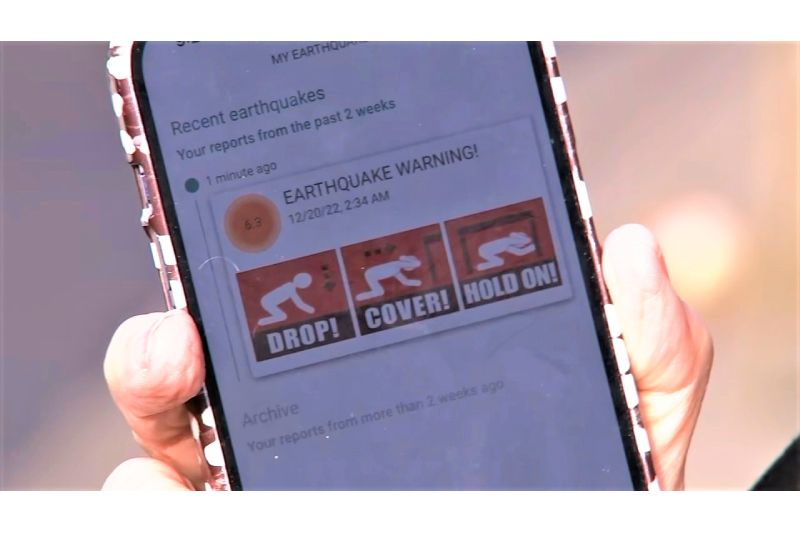
The Bay Area is shaking again. A series of small earthquakes have rattled the region, sparking concerns about the next big one. Scientists and experts are closely monitoring the activity. Could this be a warning sign? Let’s break it down.
Over the past week, multiple tremors have been recorded near the Hayward Fault. The strongest, a magnitude 3.6 quake, struck just outside Hayward. Residents in Oakland, Fremont, and even San Francisco felt the jolt.
According to the U.S. Geological Survey (USGS), smaller quakes often indicate stress building along a fault line. This could mean a larger quake is on the horizon. While no one can predict the exact timing, experts urge people to stay prepared.
The Hayward Fault is one of the most dangerous in the U.S. It runs through highly populated areas, including Berkeley, Oakland, Hayward, and Fremont. The last major quake along this fault was in 1868. That’s over 150 years ago.
Seismologists believe the fault is overdue for another magnitude 6.8 to 7.0 earthquake. A quake of that size could cause serious damage. Bridges, roads, and buildings may be impacted. Power and water supplies could be disrupted for days or even weeks.
Dr. Lucy Jones, a leading seismologist, emphasizes that small earthquakes are reminders, not predictors. While they don’t mean a big quake is coming tomorrow, they highlight the region’s seismic vulnerability.
USGS scientists agree. They’ve warned that the chances of a major earthquake in the next 30 years are high. The Hayward Fault, along with the San Andreas Fault, is under constant stress.
“The best thing people can do,” Jones says, “is be prepared. Have an emergency plan. Know where to go. Secure heavy objects in your home.”
If you live in the Bay Area, now is the time to get ready. Here’s what you can do:
Create an emergency kit – Include food, water, flashlights, batteries, and first aid supplies.
Secure furniture and heavy items – Bolt bookshelves and TVs to the wall. Keep heavy objects low.
Know your safe spots – Find sturdy tables or doorways to take cover during shaking.
Have a family emergency plan – Decide where to meet if separated and how to communicate.
Practice “Drop, Cover, and Hold On” – This simple drill can save lives.
When the ground starts shaking:
Drop to the ground to avoid being knocked over.
Cover your head and neck with your arms or get under a sturdy table.
Hold On until the shaking stops.
If you’re outside, stay away from buildings and power lines. If you’re driving, pull over safely and wait until the shaking ends.
Once the shaking stops:
Check for injuries and help others if you can.
Be prepared for aftershocks, which can be strong.
Listen to emergency updates on the radio or phone.
Avoid using elevators in case of structural damage.
Experts say earthquake preparedness is key. While no one can predict the exact moment of a major quake, staying informed and ready is the best defense.
Stay updated with USGS reports. Follow local news for alerts. Make sure your home and family are earthquake-ready.
The recent tremors serve as a reminder. Don’t wait until it’s too late. Prepare today and stay safe.